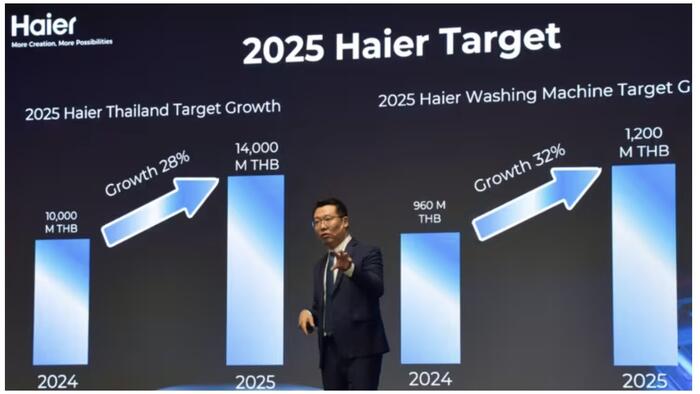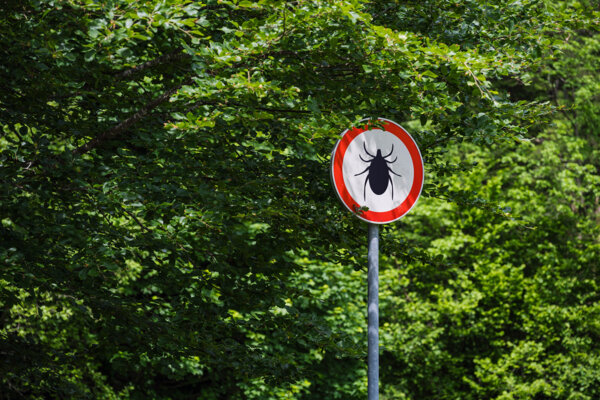It’s not just in autos where Chinese brands are expanding their global reach…
Chinese consumer brands are quickly expanding in Southeast Asia, especially in home appliances and cosmetics—markets once led by Japanese, South Korean, and European companies, according to Nikkei Asia. Their rise is powered by acquisitions, e-commerce, and domestic overcapacity.
“Innovation in China is very cutthroat,” said Tim Chuah, senior global insight manager at Euromonitor. “For the very strong players who have survived in China, once they get into Southeast Asia, it becomes much easier for them to increase their market share.”
Appliance makers like Haier and Midea have grown globally through local production and acquisitions like GE Appliances and Japan’s Aqua. In Thailand, Haier launched AI-equipped washing machines and expects 2025 sales to hit 14 billion baht, up 28%. “You can see our growth speed is [faster than] other brands,” said Dong Jianping, Haier’s head in Thailand.
Nikkei Asia writes that Chinese appliance market share in Southeast Asia rose from 3.6% in 2015 to 8.6% in 2024. Gains are sharper in specific segments: vacuum cleaners (1.3% to 22.9%), washing machines (12.8% to 20.4%), and microwave ovens (5.2% to 18.2%).
Lesser-known firms like Guangdong Deerma Technology, once contract manufacturers, are thriving with low-cost, online-first models. “Although the international landscape remains highly uncertain, overseas sales are expected to grow rapidly due to China’s supply chain advantages,” the company said.
Chinese brands have taken share from Japanese and Korean firms. In air conditioning, Japanese companies lost 7 percentage points between 2015 and 2024, while Chinese brands grew from 9% to 25%.
E-commerce plays a key role. At a Hangzhou expo, TikTok Shop offered perks like no merchant or withdrawal fees and low deposits for Southeast Asia sellers. “Prices of products may not match those in the U.S. and Europe, but merchants can make up for it by selling in large quantities,” a TikTok Shop rep said.
Chinese cosmetics brands are also gaining ground. While L’Oreal and Unilever still lead, Chinese skincare brands posted 115% annual growth from 2019 to 2024. In Indonesia, Chinese color cosmetics brands grew their market share from 2% to 15%.
Guangzhou-based Focallure runs multiple TikTok accounts per brand per country. “Because they’re from China, they naturally understand how the algorithm on TikTok works,” said Yang Hu, APAC insight manager at Euromonitor.
However, food remains a weak spot. Past safety scandals still affect trust. “Unlike electronics,” Chuah noted, “food products require a deeper level of localization in terms of tastes and branding.”
Still, Chinese exports to ASEAN hit $322.5 billion in the first half of 2025—more than to the EU or U.S.—while imports rose just 1%. “Most of the time, the products [from China] are more competitive than those produced by local companies,” said Chuah. “And obviously that’s where a lot of the industrialization risk is coming
Loading…











